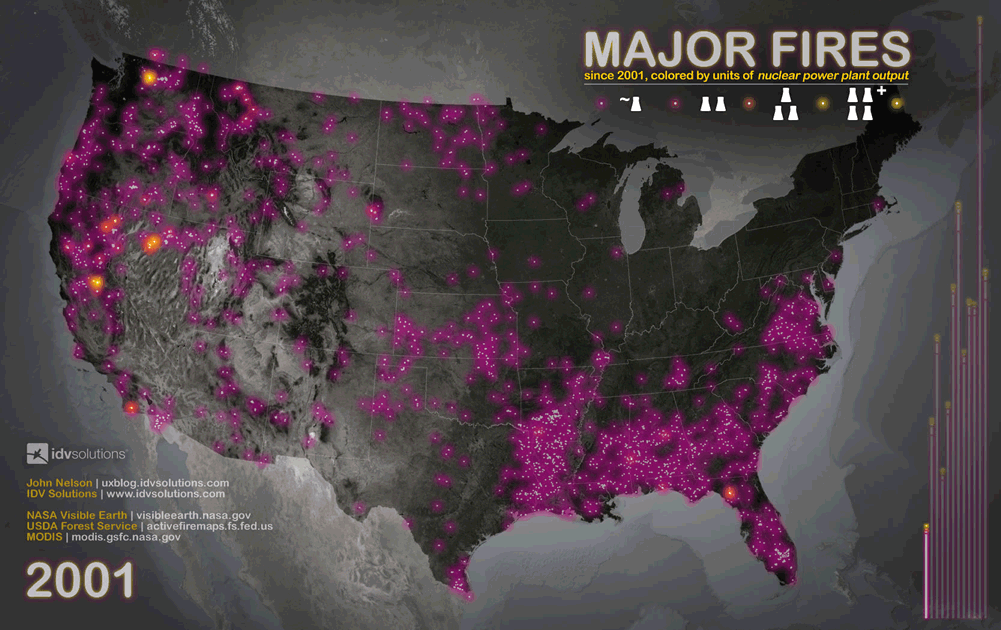Fires can be devastating, and understanding their dynamics is crucial for safety and prevention. When we discuss the primary killer in major fires, it is essential to look beyond the flames themselves and understand the various factors that lead to fatalities. In this article, we will explore the primary causes of death in major fires, the role of smoke inhalation, and the importance of fire safety measures.
Major fires can occur in various settings, including residential buildings, commercial spaces, and wildland areas. Each type of fire presents unique challenges, but one thing remains consistent: the dangers they pose to human life. According to the National Fire Protection Association (NFPA), over 3,000 people die each year in the United States due to fire-related incidents. Understanding what contributes to these fatalities can help us develop better safety protocols and awareness programs.
This article will delve into the primary killer in major fires, focusing on the role of smoke inhalation, the effectiveness of fire alarms, and the impact of building materials on fire spread. By the end of this comprehensive guide, you will have a clearer understanding of fire risks and how to mitigate them effectively.
Table of Contents
- The Primary Killer: Smoke Inhalation
- Fire-Related Fatalities: Statistics and Trends
- Risk Factors in Major Fires
- Effective Fire Safety Measures
- The Role of Fire Alarms
- Building Materials and Fire Spread
- Case Studies: Lessons from Major Fires
- Conclusion and Call to Action
The Primary Killer: Smoke Inhalation
One of the most significant contributors to fire-related deaths is smoke inhalation. In fact, smoke inhalation is responsible for approximately 50-80% of all fire fatalities. When a fire ignites, it produces toxic gases, including carbon monoxide, hydrogen cyanide, and various other harmful substances. These gases can incapacitate individuals within minutes, leading to unconsciousness and, ultimately, death.
Understanding Smoke Composition
The composition of smoke depends on the materials burning. Common materials found in homes, such as plastics, wood, and textiles, release various toxic compounds when ignited. Carbon monoxide, a colorless and odorless gas, is particularly dangerous as it can lead to asphyxiation. Victims may not even realize they are in danger until it is too late.
Fire-Related Fatalities: Statistics and Trends
According to data from the NFPA, there were approximately 1.3 million fires reported in the United States in 2020, resulting in over 3,400 deaths and 15,200 injuries. These statistics highlight the ongoing risk posed by fires and underscore the necessity for effective prevention strategies.
Demographics of Fire Fatalities
- The elderly and young children are particularly vulnerable to fire-related deaths.
- Low-income households often experience higher rates of fire fatalities due to inadequate safety measures.
- Geographic location also plays a role, with certain areas experiencing higher incidences of fire-related deaths.
Risk Factors in Major Fires
Numerous risk factors contribute to the likelihood of fatalities in major fires. Understanding these can help in developing better safety measures.
Common Risk Factors
- **Lack of smoke alarms:** Homes without working smoke alarms are significantly more likely to experience fire-related fatalities.
- **Improper fire safety practices:** Failure to follow proper fire safety protocols can increase the risk of fire-related incidents.
- **Delayed response times:** The speed at which emergency services can respond to a fire can greatly affect the outcome.
Effective Fire Safety Measures
Implementing effective fire safety measures can significantly reduce the risk of fatalities in major fires. Here are some key strategies:
Preventative Measures
- Install and maintain smoke alarms throughout your home.
- Develop and practice a fire escape plan with your family.
- Regularly check electrical systems and appliances for potential hazards.
The Role of Fire Alarms
Fire alarms are one of the most critical components of fire safety. They provide early warning, giving individuals precious time to escape and seek help.
Types of Fire Alarms
- **Ionization alarms:** Best for detecting fast-flaming fires.
- **Photoelectric alarms:** More effective at detecting smoldering fires.
Building Materials and Fire Spread
The materials used in construction significantly impact the spread of fire. Buildings constructed with flammable materials can allow fires to spread rapidly, increasing the risk of fatalities.
Fire-Resistant Materials
- **Concrete:** Offers excellent fire resistance and can slow down the spread of flames.
- **Steel:** Non-combustible and maintains structural integrity longer than wood.
Case Studies: Lessons from Major Fires
Examining major fire incidents can provide insights into preventing future tragedies. For instance, the tragic Grenfell Tower fire in London highlighted the impact of building materials and regulatory failures on fire safety.
Key Takeaways from Case Studies
- Ensuring compliance with fire safety regulations can save lives.
- Regular fire drills can prepare occupants for emergencies.
Conclusion and Call to Action
In summary, the primary killer in major fires is smoke inhalation, which accounts for a significant percentage of fire-related fatalities. Understanding the dynamics of fire, implementing effective safety measures, and being aware of risk factors can help save lives. We encourage you to take action by ensuring your home is equipped with working smoke alarms and developing a fire escape plan with your family.
We invite you to leave your thoughts in the comments below, share this article with others, and explore additional resources on fire safety to stay informed and prepared.
Thank you for reading, and we look forward to bringing you more valuable content in the future!


